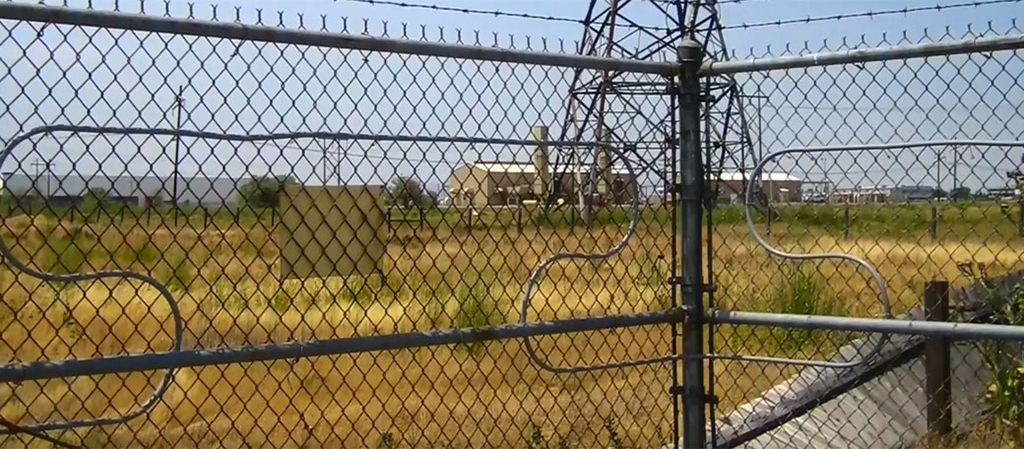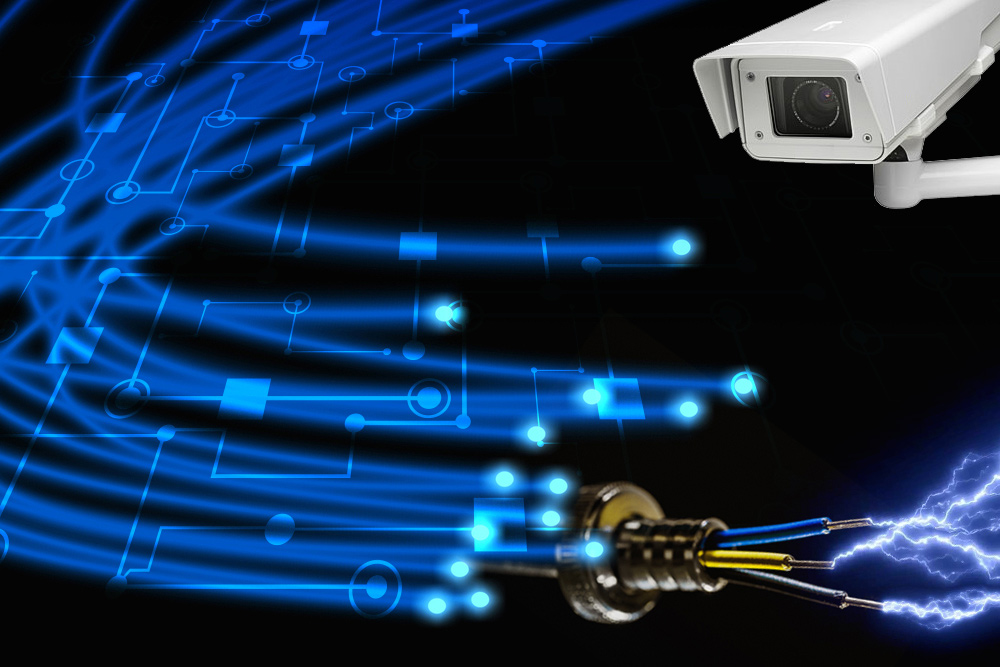The Evolution of Fiber Security System in High-Tech Security Solutions
Boost Your Security With Advanced Fiber Optic Protection Solutions
In an era where security is critical, advanced fiber optic protection systems present a compelling remedy for enhancing safety across various environments. What ramifications do these advancements hold for future safety and security actions?
Advantages of Fiber Optic Safety
Using the benefits of fiber optic technology dramatically boosts security systems throughout different applications. Among the key benefits is the raised data transfer capability, permitting the transmission of big quantities of data at high speeds. This is especially crucial for real-time video clip security, where high-resolution feeds can be sent out without latency, ensuring instant feedback capacities.
Furthermore, optical fiber exhibit remarkable resistance to electromagnetic disturbance, which is vital in settings with prospective signal disturbances. This dependability guarantees constant performance in vital security procedures. Fiber optic cables are much less susceptible to tapping and unapproved gain access to contrasted to conventional copper circuitry, thereby improving data integrity and privacy.
Another noteworthy benefit is the toughness of fiber optic systems; they are extra resistant to ecological factors such as wetness, temperature level changes, and destructive materials. This resilience converts to decrease upkeep expenses and longer life-spans for security installations.
Lastly, the lightweight nature of fiber optic cords assists in easier installment and directing, particularly in complex infrastructures (fiber optic security system). Ultimately, the combination of fiber optic modern technology right into protection systems not just reinforces protection actions yet also maximizes functional effectiveness
Secret Attributes to Think About
When examining fiber optic protection systems, numerous crucial features need to be taken into consideration to ensure ideal performance and efficiency. First, assess the system's discovery array and level of sensitivity; a comprehensive array allows for monitoring large locations, while high level of sensitivity makes sure that also minor disruptions are found quickly.
Following, think about the combination capabilities of the system. A fiber optic safety system need to perfectly interface with existing safety steps such as video cameras and alarms, producing a natural protection network.
Durability and environmental resistance are also critical features. Ensure that the system is created to endure extreme weather and prospective physical threats, as this will lengthen its operational life-span.

Lastly, look right into the scalability of the system. A robust fiber optic safety and security system should be quickly expandable to fit future needs without considerable overhauls. By carefully thinking about these functions, you can choose a fiber optic security option that boosts safety and security and safety and security in your setting.
Setup Process Summary
To effectively execute a fiber optic protection system, a methodical installation process is necessary. This process begins with a thorough website analysis to establish the details protection needs and to identify optimal places for sites fiber optic wires and safety devices. Following this assessment, the installment group will certainly develop an in-depth plan, including cord pathways, required tools, and conformity with regional guidelines.
Next, the installation involves laying the fiber optic wires, ensuring they are protected from ecological factors and physical damage. Proper handling methods are critical, as fiber optic cable televisions are sensitive and can be conveniently harmed. After the cabling is mounted, connectors and discontinuations are meticulously finished to make certain signal honesty.
The subsequent stage contains installing security gadgets such as video cameras, motion detectors, and alarm, all incorporated with the fiber optic network. Rigorous screening is carried out to validate that all parts are operating correctly and to ensure optimum performance.

Contrasting Fiber Optic to Conventional Solutions
The advancement of protection innovation has actually caused considerable advancements in the contrast between fiber optic systems and conventional copper-based systems. Fiber optic systems utilize light to transmit data, providing premium transmission capacity and rate contrasted to their copper counterparts. This causes enhanced information transmission abilities, making fiber optics optimal for high-resolution video monitoring and real-time surveillance.
In addition, fiber optic cables are immune to electromagnetic interference, lowering the likelihood of signal deterioration triggered by exterior factors. This particular makes certain constant efficiency, also in tough environments. In contrast, typical copper systems are much more susceptible to disturbance, bring about prospective susceptabilities in security applications.
Sturdiness is another benefit of fiber optic his comment is here systems. They are much less prone to harm from ecological elements such as wetness and temperature fluctuations, which can compromise copper electrical wiring. Fiber optics are lighter and thinner, allowing for easier installation and minimized physical impact.
Nevertheless, traditional systems have a tendency to have reduced first costs, making them appealing for budget-conscious tasks. While fiber optic systems may call for a greater ahead of time financial investment, their lasting benefits-- such as reduced upkeep expenses and better dependability-- typically exceed the initial expense, positioning them as a premium choice for modern protection requirements.
Future Trends in Safety Technology
Arising patterns in safety technology are positioned to transform the landscape of monitoring and hazard discovery - fiber optic security system. As companies progressively face innovative threats, technologies such as expert system (AI) and artificial intelligence (ML) are ending up being important to security systems. These innovations boost the capacity of fiber optic systems by enabling real-time data evaluation, determining abnormalities, and automating reactions to prospective breaches
In addition, the integration of the Internet of Points (IoT) is changing safety and security structures. IoT gadgets can offer detailed situational recognition and promote smooth interaction in between various safety and security components. This interconnectedness enables a lot more effective tracking and faster occurrence reaction times.
Biometric verification is likewise acquiring energy, providing a greater level of safety and security through special physical qualities. As this innovation evolves, it is most likely to be incorporated into fiber optic systems for boosted access control.
Conclusion
To conclude, advanced fiber optic safety and security systems stand for a considerable development in security and monitoring innovation. Their premium bandwidth, i thought about this resistance to disturbance, and toughness help with dependable monitoring and information honesty. As these systems incorporate AI and IoT capacities, they boost the general protection structure, guaranteeing robust security for possessions. The change from traditional systems to fiber optic options shows a growing fad towards a lot more efficient and efficient protection measures in a progressively complex technical landscape.